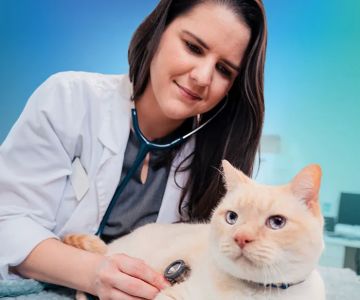What Does a Veterinarian Do on a Daily Basis?
Inside the Daily Life of a Veterinarian: A Day in the Life of Animal Care Professionals
- Veterinarian Overview - What It Means to Be a Vet
- A Typical Day in the Life of a Veterinarian
- Key Tasks and Activities Veterinarians Handle Daily
- Handling Veterinarian Appointments and Consultations
- The Role of Surgery and Diagnosis in a Veterinarian’s Work
- Challenges and Rewards of Being a Veterinarian
Being a veterinarian is more than just treating sick animals—it's a multifaceted profession that demands a deep understanding of animal health, as well as compassion, patience, and expertise. If you've ever wondered, "What does a veterinarian do on a daily basis?" you're not alone. Many people assume that veterinarians only deal with pets, but their work spans a wide variety of species, from domestic animals like dogs and cats to livestock and exotic species. A veterinarian’s daily routine is as dynamic as the animals they care for, and it varies depending on the type of practice they work in—whether that’s a private clinic, a zoo, or even a research laboratory. In this article, I’ll break down the typical daily life of a veterinarian, highlight some of their key tasks, and share a glimpse into what it's really like to work in this demanding yet rewarding field.
1. Veterinarian Overview - What It Means to Be a Vet
To understand the daily routine of a veterinarian, it’s essential to first grasp what the role entails. Veterinarians are medical professionals who diagnose, treat, and help prevent diseases and injuries in animals. Their work can vary significantly based on their specialization, such as small animal care, large animal medicine, exotic animal care, or even wildlife rehabilitation. As a veterinarian, you're not just a pet doctor—your patients may include farm animals, wild animals, and even laboratory subjects used in scientific research.
The role of a veterinarian is highly respected and demanding. It requires not only a solid education in animal science but also practical experience. Most veterinarians spend years in school, followed by internships or residencies to hone their skills. Their daily responsibilities require excellent communication, problem-solving skills, and the ability to work long hours in a fast-paced environment. The diversity in the animals they treat and the conditions they encounter makes each day unique.
2. A Typical Day in the Life of a Veterinarian
The daily routine of a veterinarian can be unpredictable and varied, depending on the practice and the cases that come in. A typical day may involve early mornings, long hours, and a combination of tasks that keep things exciting. For instance, I’ve found that starting the day early is essential to manage appointments, review medical records, and prepare for any surgeries scheduled for the day.
Morning Routines: Preparing for the Day
Many veterinarians begin their day by arriving at the clinic early to review patient files, check appointment schedules, and prepare any necessary medical tools or equipment. They may also need to check lab results or follow up on patients from the previous day. This preparation ensures that everything is in order and that the day runs smoothly. When I worked as an assistant in a local veterinary office, I remember the importance of this quiet time before the chaos of seeing patients began.
Consultations and Exams
Once the clinic is up and running, veterinarians begin seeing patients—whether they’re scheduled appointments or emergencies. These appointments usually involve a thorough physical exam of the animal, taking medical history, and discussing any symptoms or concerns with the pet owner. For example, when I visited the vet with my own dog, we went through a comprehensive checkup process, including blood tests, temperature checks, and a physical exam. The vet would then make recommendations based on the animal’s health, including treatments, medications, or further tests.
3. Key Tasks and Activities Veterinarians Handle Daily
Veterinarians handle a variety of tasks on a daily basis, each requiring specialized knowledge and attention to detail. From routine check-ups to emergency care, the work of a veterinarian is both physically and mentally demanding. Here are some key tasks that veterinarians commonly perform:
Diagnosing and Treating Illnesses
One of the primary roles of a veterinarian is diagnosing illnesses in animals. This may involve physical exams, laboratory tests, and X-rays to understand the cause of an animal’s symptoms. Treatment plans are then developed, which may include medication, surgery, or other therapeutic options. The ability to diagnose accurately is one of the most challenging aspects of the job, as animals can’t communicate their symptoms directly. In one instance, I witnessed a vet diagnosing a respiratory issue in a dog using an X-ray, which led to a treatment plan that saved the dog’s life.
Surgery and Emergency Care
Veterinarians are often called upon to perform surgeries, ranging from spaying and neutering to more complex procedures like removing tumors or treating injuries. Emergency surgeries are common, especially in practices that cater to pets in urban areas. As a vet, you must be prepared to handle high-pressure situations, as I have seen firsthand during some emergency operations. A pet might come in with a life-threatening injury, and the vet’s quick thinking and skill can mean the difference between life and death.
4. Handling Veterinarian Appointments and Consultations
Veterinarians spend a significant portion of their day managing appointments and consultations with pet owners. These appointments may involve anything from routine check-ups to urgent care. Understanding animal behavior and communicating effectively with pet owners is a vital skill for veterinarians. A good veterinarian can calm an anxious pet and a worried pet owner, building trust with both. I've often seen how important this rapport is in ensuring that the pet receives the best care possible.
Managing Pet Owner Expectations
Managing expectations is a key part of a veterinarian’s job. Pet owners rely heavily on veterinarians for expert advice, but there can sometimes be a disconnect in terms of understanding the full scope of a diagnosis or treatment. As I’ve observed, veterinarians often need to explain complicated medical information to pet owners in a way that is easy to understand. This is where the human side of veterinary work comes into play—empathy is just as important as medical knowledge when dealing with animals and their owners.
5. The Role of Surgery and Diagnosis in a Veterinarian’s Work
Surgery is a crucial part of veterinary medicine, especially when it comes to treating serious health issues that cannot be addressed through medication alone. From routine spay/neuter surgeries to life-saving procedures for serious injuries, veterinarians must be skilled surgeons. They also play a vital role in diagnosing conditions that may require surgery. I’ve seen veterinarians carefully evaluate X-rays and lab results to identify conditions like fractures or internal bleeding, which were then treated with surgery.
The Emotional Impact of Surgery on Veterinarians
It’s important to note that surgery can also be emotionally taxing for veterinarians. The pressure to ensure a successful outcome can be overwhelming, especially when a beloved pet’s life is on the line. However, the reward of seeing a pet recover after surgery is deeply fulfilling. I’ve witnessed the joy on a veterinarian’s face when a pet is successfully treated and sent home to a happy owner, which makes all the hard work worthwhile.
6. Challenges and Rewards of Being a Veterinarian
Veterinary work is highly rewarding, but it also comes with its challenges. One of the biggest difficulties is dealing with the emotional strain of having to put animals down or deliver bad news to pet owners. The work can be physically demanding as well, with long hours, surgeries, and emergency care taking their toll on veterinarians. However, the rewards of saving animals’ lives, the gratitude from pet owners, and the love for animals make all the struggles worthwhile.
In my time working with veterinarians, I’ve seen how deeply they care for their patients. The moments when a pet recovers and is returned to a happy family are some of the most fulfilling moments a veterinarian can experience. These small victories are what keep many veterinarians going, despite the challenges they face daily.
Related Articles

Aug 20, 2025
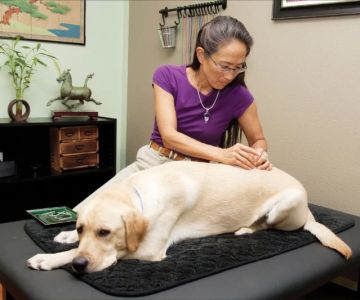
Aug 19, 2025

Aug 19, 2025

Aug 19, 2025
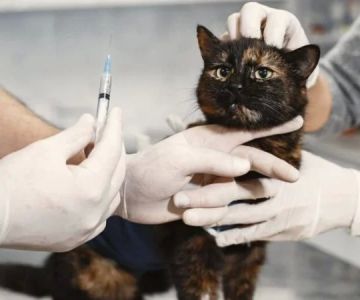
Aug 19, 2025
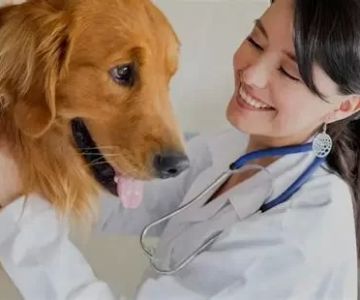
Aug 19, 2025

Aug 19, 2025
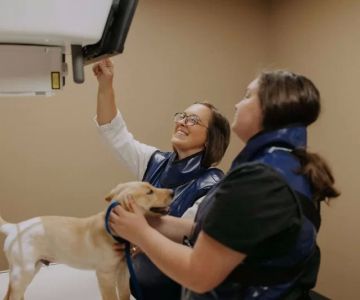
Aug 19, 2025
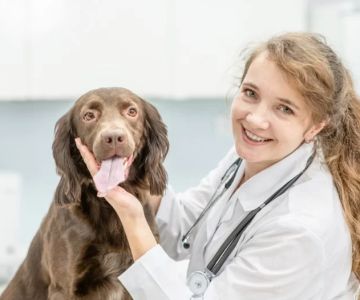
Aug 18, 2025
Subscribe to Our Newsletter
Get weekly pet care tips, vet-approved advice, and updates on nearby pet stores and clinics.

